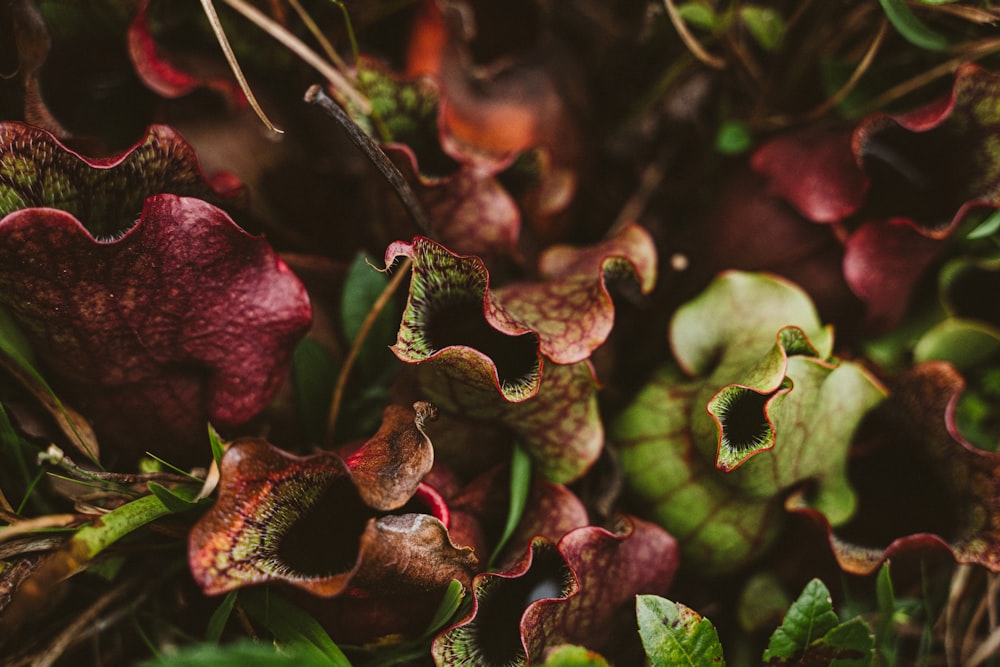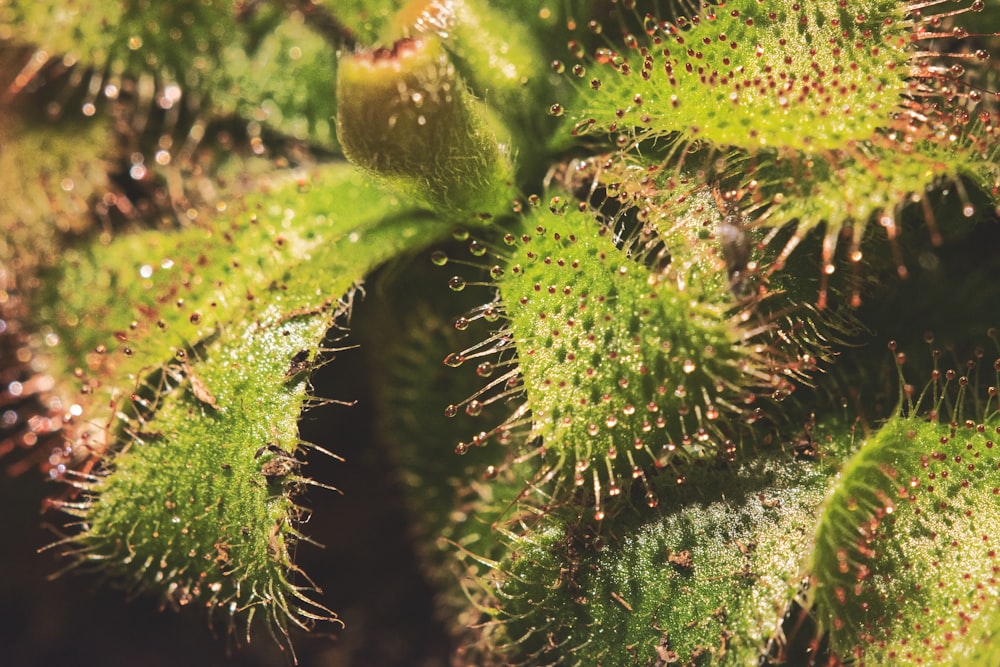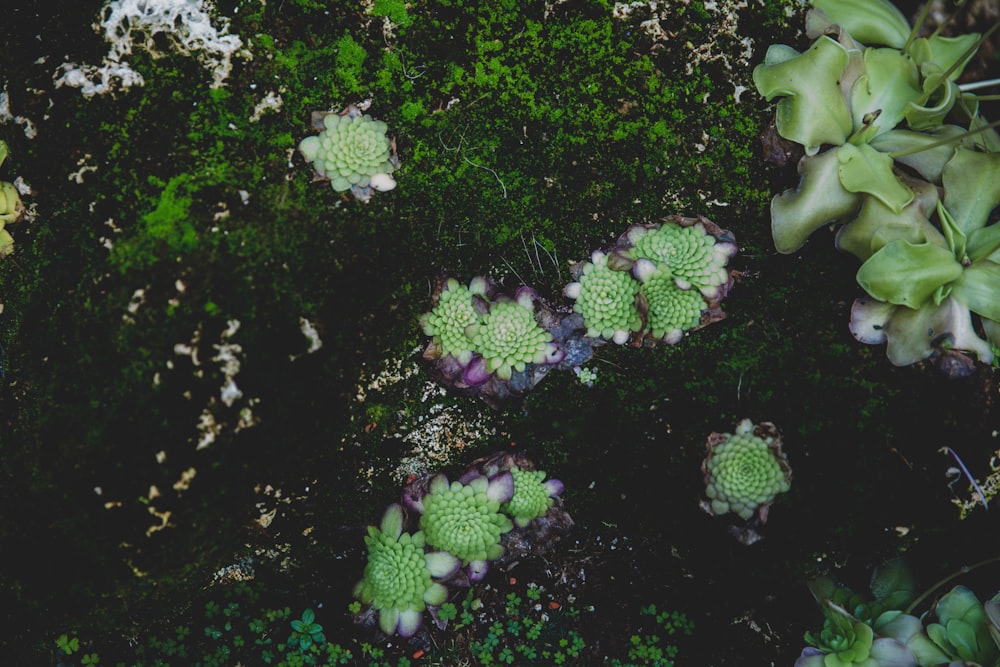Carnivorous Plants Go Dormant??
Have you ever had a Venus flytrap (Dionaea muscipula) or an American pitcher plant (Sarracenia) thrive until late fall and then it seems like it died? Maybe all or almost all leaves died off? Well, I'm here to tell you that it probably wasn't dead, especially if it was grown outside. It may have just been dormant! Today we will be talking about winter dormancy, which carnivorous plants experience it, and how to properly care for your carnivorous plants that go to sleep in winter. Let's get started!
Dormancy
Plants will go dormant to conserve energy in the winter. It is more energy efficient to "go to sleep" than it is to try and continue growing in less than ideal conditions. With less light, little to no insects to support them, and with freezing or near freezing temperatures, it is significantly less costly for them to go dormant and die back to the soil level. Dormancy is highly important for these plants. Think of it as if you stayed awake for too long. You're tired, you have brain fog, and perhaps you can't do your job as well. Plants are the same way. If the plants are denied their rest, the risk of the plant dying skyrockets, especially if it is done year after year. Most temperate carnivorous plants require a three month cold period. There are several environmental cues that the plants will perceive that will trigger dormancy, the most notable of which are temperature and photoperiod, or the amount of time the sun is out during the day.
Some plants will die all the way back when they are dormant, some will simply stop growth, and some will form a little hibernacula, a tightly bound structure of leaves. Butterworts (Pinguicula) and some sundew (Drosera) species do this.

Pictured to the right is an image of Pinguicula gypsicola as a hibernaculum. This species has long, lanceolate leaves when in active growth, but when dormant, the leaves will form this small, tight hibernaculum.
No matter what form your plant takes when it goes into dormancy, this time serves a purpose and should be allowed to play out. Trying to keep your plant in active growth at all times will not allow the plant to thrive.
Which plants go dormant?
Knowing which plants go dormant can be a tough one, especially when it comes to Drosera and Pinguicula, which has both tropical and temperate species within the genus. All temperate species will go dormant which includes but is not limited to: all American pitcher plants (Sarracenia), all Venus flytraps (Dionaea muscipula), cobra lilies (Darlingtonia), several species of sundew (Drosera), and Mexican Pinguicula. It is always best to look up the Latin binomial (the scientific name) of your plant and see if it requires dormancy, what temperatures it can tolerate, and how to care for it during the dormant period. We will get into the basics per genus here, but some genera contain plants that perhaps cannot withstand the same temperatures as the majority of the genus or vice versa.

Sarracenia and Dionaea
Both of these genera have extremely similar winter care, despite Sarracenia having a wide distribution and Venus flytraps being endemic to a small area in the Carolinas. These plants can tolerate temperatures down to 28F without protection. After it hits this point, the best thing to do is to move them into an unheated building like a shed or a garage. Keep an eye on the temperature within the structure if you are in an area with extreme winters. Once it is consistently 35F outside, it is safe to move them back. If they must be moved into your house, putting them in a fridge is better than letting them experience room temperatures. If that is not an option, they will break dormancy early and you must wait until the last frost to return them to their outdoor growing spaces. Give the plants a trim in early spring so they have a clean slate to start the new growing season with and can wow you with their new leaves! Flytraps can be trimmed to soil level. For Sarracenia, be sure to not cut the rhizome. The rhizome is the fleshy stem that sits just on top of the soil. When trimming last year's growth, leave about two inches above the rhizome.

Drosera
This is a genus where you definitely want to look up what temperatures these plants can tolerate. Some species are temperate and can tolerate very cold temperatures, but some species are tropical and will not tolerate a light frost. A few of the common temperate species include D. filiformis, D. rotundifolia, D. binata, and D. intermedia. Of these, D. binata is the most delicate. This species is only hardy until zone 9, while the others are hardy to zones 6 (D. filiformis), 4 (D. intermedia), and 3 (D. rotundifolia). Most temperate sundews can follow the same guidelines as Sarracenia and Venus flytraps, but some, like D. binata will need protection sooner and will need to stay warmer in order to thrive. Give these plants a trim before their new growth begins to come back to start them out with a clean slate! Some sundew will die back to the soil level, while others will form a hibernaculum. Do not damage the hibernaculum if it is present.

Pinguicula
Butterworts are some of the easiest to take care of while dormant. It's best to follow the plant's lead when deciding what to do while they are dormant. Once the pings begin growing their succulent leaves and begin to abandon their carnivorous leaves, it is time to back off on the watering. This is another genus where it is best to check the species. Mexican butterworts can be grown indoors all year, but other, temperate butterworts will appreciate cooler temperatures in winter. What temperature they need depends on the species. These plants benefit from having their large carnivorous leaves removed after the leaf has died off completely and comes off with a gentile tug. Do not pull hard on these plants, as you may uproot them.
The best thing to do is to do some research on the plants before you buy a new species. This goes for any plant, really. But I get it, impulse buys happen! The best thing to do is to get a new plant in spring or summer, get the hang of taking care of it while it is in its growing season and do some reading before fall comes so you are prepared and know what to do. If you've ever met me in person and expressed interest in growing a carnivorous plant, you know I will give you a brief explanation of the dormancy period so you know what to expect. Not only that, but I will give a care sheet with every purchase explaining dormancy and what to do. This goes for online purchases, as well! As always, if you have any questions at all with your plants, take a photo and send me an email with how you've been taking care of it and I'll be able to help!
Happy growing!
<3 Gina


